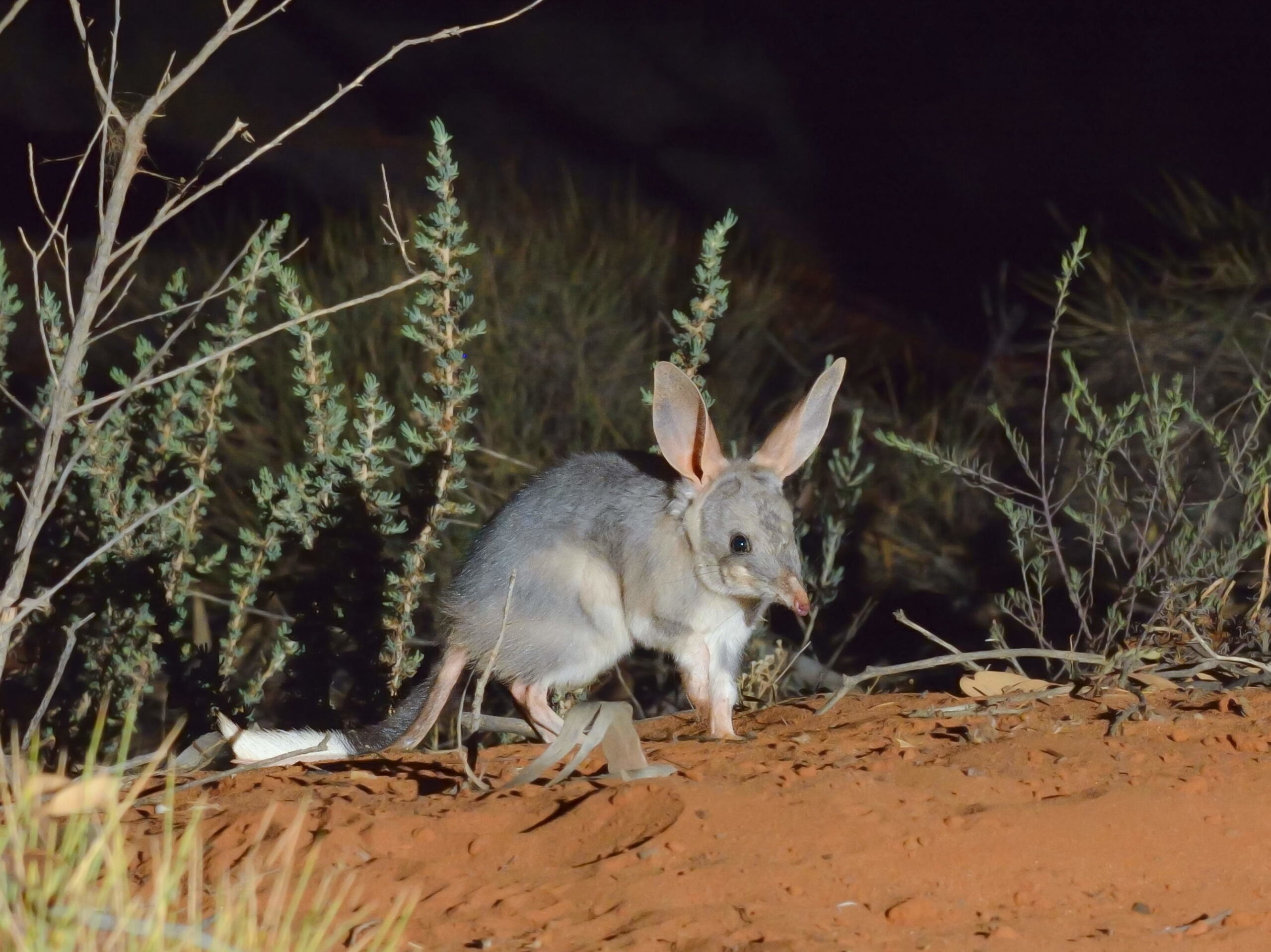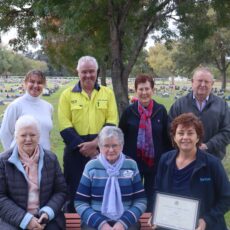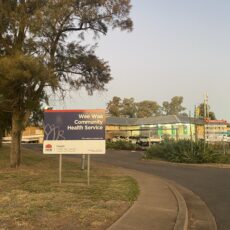Populations of the bilby, Australia’s answer to the Easter bunny, continue to grow, with more than 3300 individuals protected across a network of six feral predator-free fenced areas, including one in the Pilliga Forest, managed by Australian Wildlife Conservancy.
In the fourth year of the annual AWC Bilby Census, populations were surveyed at AWC’s wildlife sanctuaries as well as Pilliga State Conservation Area and Mallee Cliffs National Park where AWC works in partnership with NSW National Parks and Wildlife Service.
Since the 2023 census, the Bilby population at Newhaven has dramatically expanded throughout the fenced safe haven, while in the Pilliga bilbies have dispersed from the smaller breeding area into the wider fenced area.
Ecologists are witnessing a bilby burrowing frenzy in the Pilliga in the last 12 months.
The prolific foragers and diggers play an important role as ecosystem engineers, turning over 20 tonnes of soil annually through burrowing and digging for food. Their digging improves water infiltration and creates fertile microhabitats where plant seeds can germinate.
“The bilbies with their engineering colleagues, the bettongs, have turned over a lot of soil in their search for food and when digging burrows,” said senior wildlife ecologist, Dr Vicki Stokes.
“These activities will improve the ecosystem health of the Pilliga forest over time.”
During a recent population survey in the Pilliga, the team encountered several baby bilbies.
“Two of the female bilbies had tiny baby bilbies (called joeys) in their pouches. We’ve also had increasing bilby activity on motion-sensor cameras across the fenced area, indicating that the population is doing well.”
To order photos from this page click here










